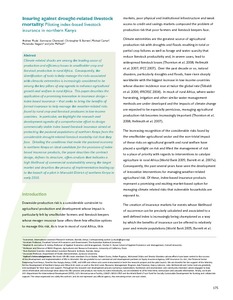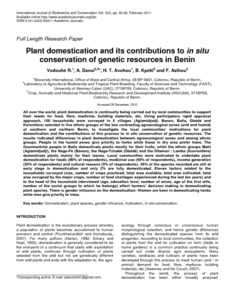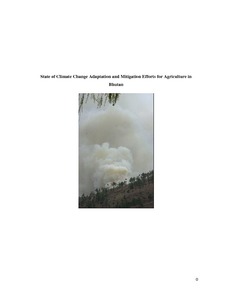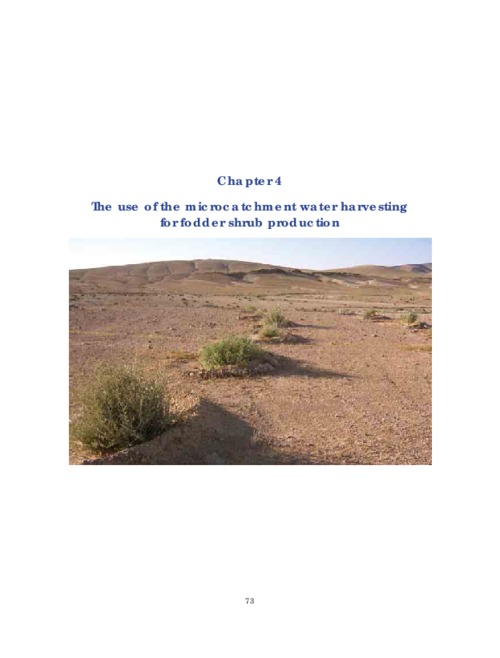Insuring against drought-related livestock mortality: Piloting index-based livestock insurance in northern Kenya
Climate related shocks are among the leading cause of
production and efficiency losses in smallholder crop and
livestock production in rural Africa. Consequently, the
identification of tools to help manage the risks associated
with climactic extremities is increasingly considered to be
among the key pillars of any agenda to enhance agricultural
growth and welfare in rural Africa. This paper describes the
application of a promising innovation in insurance design –
index-based insurance – that seeks to bring the benefits of











